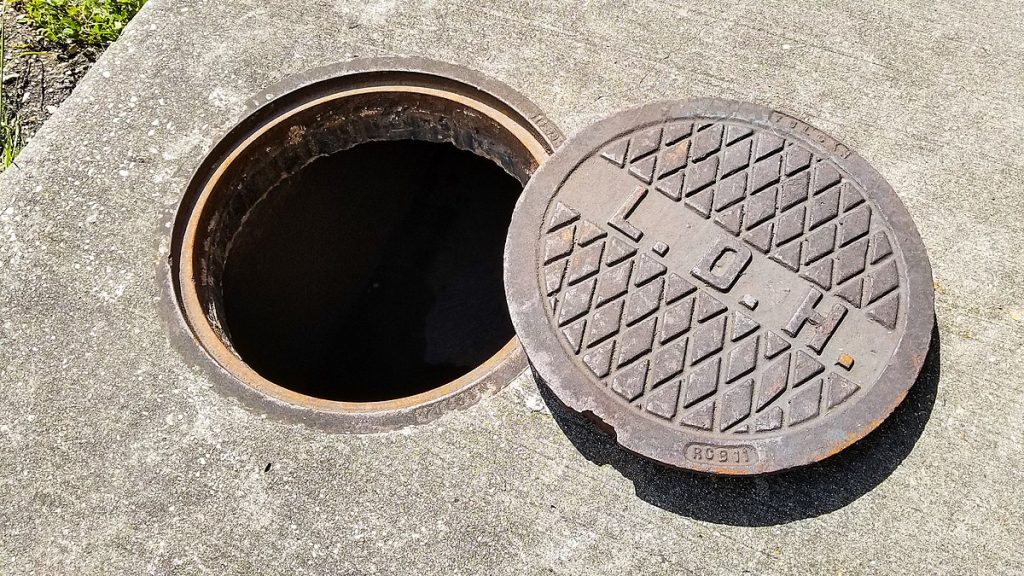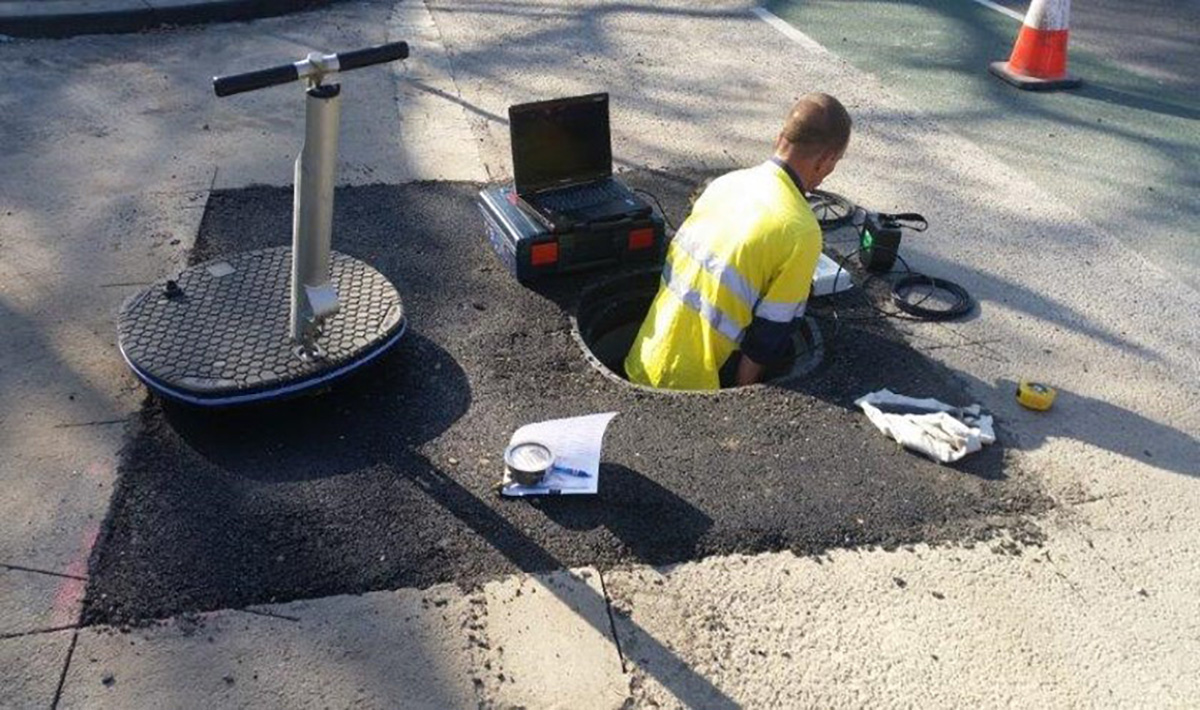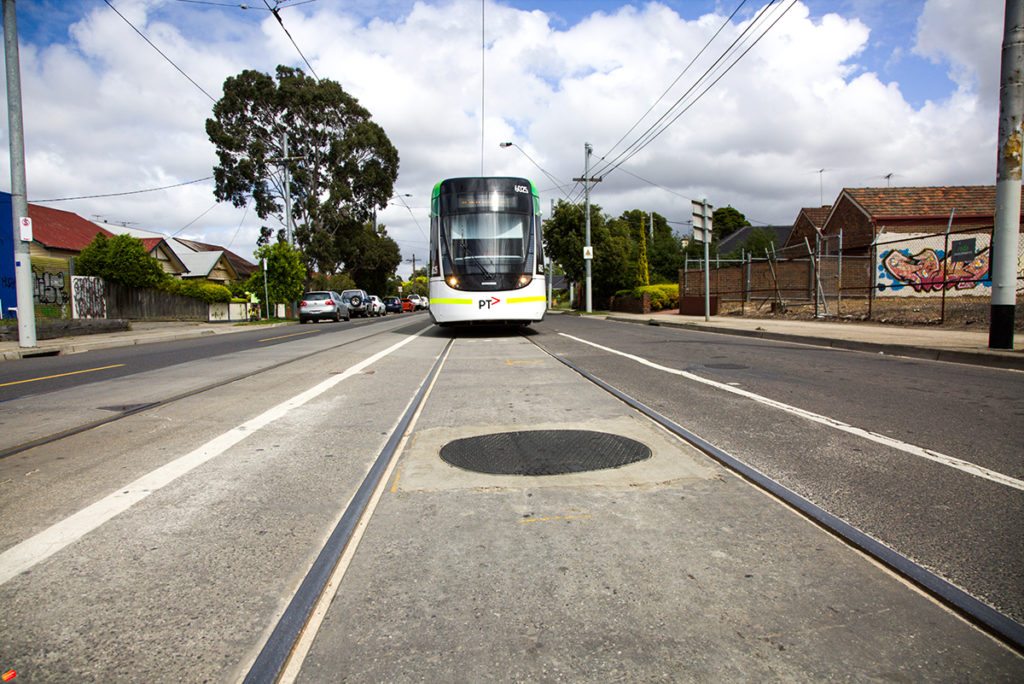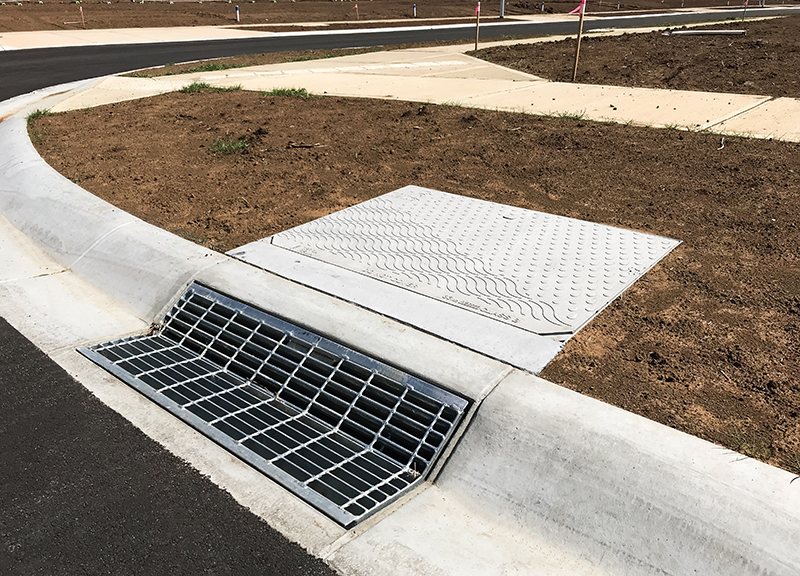Why are Manholes Round?
Manhole covers (also called pit lids, maintenance covers or access covers) have been around since at least the Romans. There are several examples of Roman sewer grates from stone. They are commonly used to control access to underground pits, trenches or chambers.
Pit Covers must be strong enough for pedestrians or vehicles to pass over, big enough for a person to enter but heavy enough to prevent accidental dislodgement. Traditionally the materials suited for this were heavy concrete and Iron.
So why were they commonly round?
There are several factors that favoured round shaped pit lids.
- The human body that had to fit through the hole is round.
- A circle gives a maximum opening for a minimum surface area.
- Heavy round covers can be rolled rather than lifted into position.
- They were easier and cheaper to manufacture than square pit covers of the same materials.
- A circle has a constant diameter and won’t fall into the pit if rotated the wrong way – a tricky problem to remedy if the access cover weighs well over 100kg as concrete and iron covers did.

(Interestingly, circles aren’t the only shapes with constant width. Reuleaux triangles also have a constant width although we aren’t aware of any Reuleaux triangle pit lids.)
The question of round manholes was made famous by Microsoft when they used it in their job interviews. It was an example of a creative problem-solving question to assess the applicant’s approach to a problem that has more than one possible answer — plus to test their logic, common sense, and ability to think fast in a high-pressure interview setting.
According to Joel Spolsky, one of Microsoft’s early program managers, questions like these distinguish between people who are smart and get things done, people who are smart but don’t get things done, and people who get things done but are not smart.
(We’re not certain how this question distinguishes the difference but it’s an interesting thought.)
So, with all these factors favouring round pit lids why are so many modern pit lids square or rectangular?
The answer is simple – composites!
- Modern composites are much lighter for the same strength and size. This means pit lids can be bigger and allow complete, unrestricted access to the pit or trench rather than forcing someone to squeeze through a tiny hole.
- Lightweight composite pit lids simply include a lock to prevent unwanted access rather than relying on their weight to stay shut.
- Composits can be easily and affordably manufactured into almost any suitable shape or size so aren’t limited by expensive fixed casting moulds.
- Lightweight composite covers are cheaper, easier and more sustainable to transport. Square or rectangular covers have less dead space during storage.
- They are also safer to work with during installation and avoid many of the OH&S risks that come with heavy lids. Composite pit lids generally weigh less than 40kg compared to equivalent heavy concrete or iron covers which can be 100kg or more.
- Light but strong composite covers are easier to inspect and maintain – a simple one-person operation, unlike traditional covers, which can be impossible to open and often require heavy lifting equipment.
- Most modern pits and trenches are square or rectangular, a square cover allows full access to the pit and better visibility and ventilation for workers.



To learn more about Composite access covers contact Terra Firma Industries here: https://terrafirmaindustries.com.au/contact/h
Share this
Discover the Terra
Firma difference
Learn how we can help support your next project